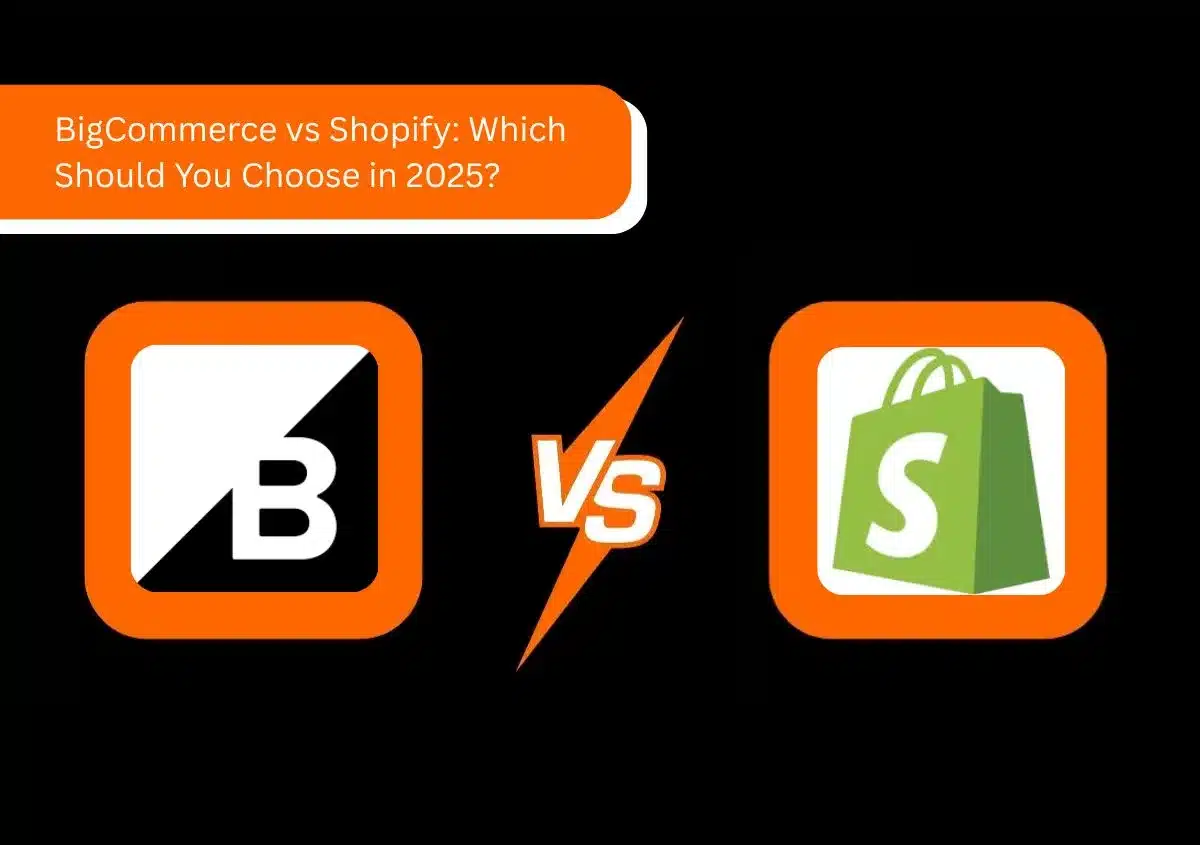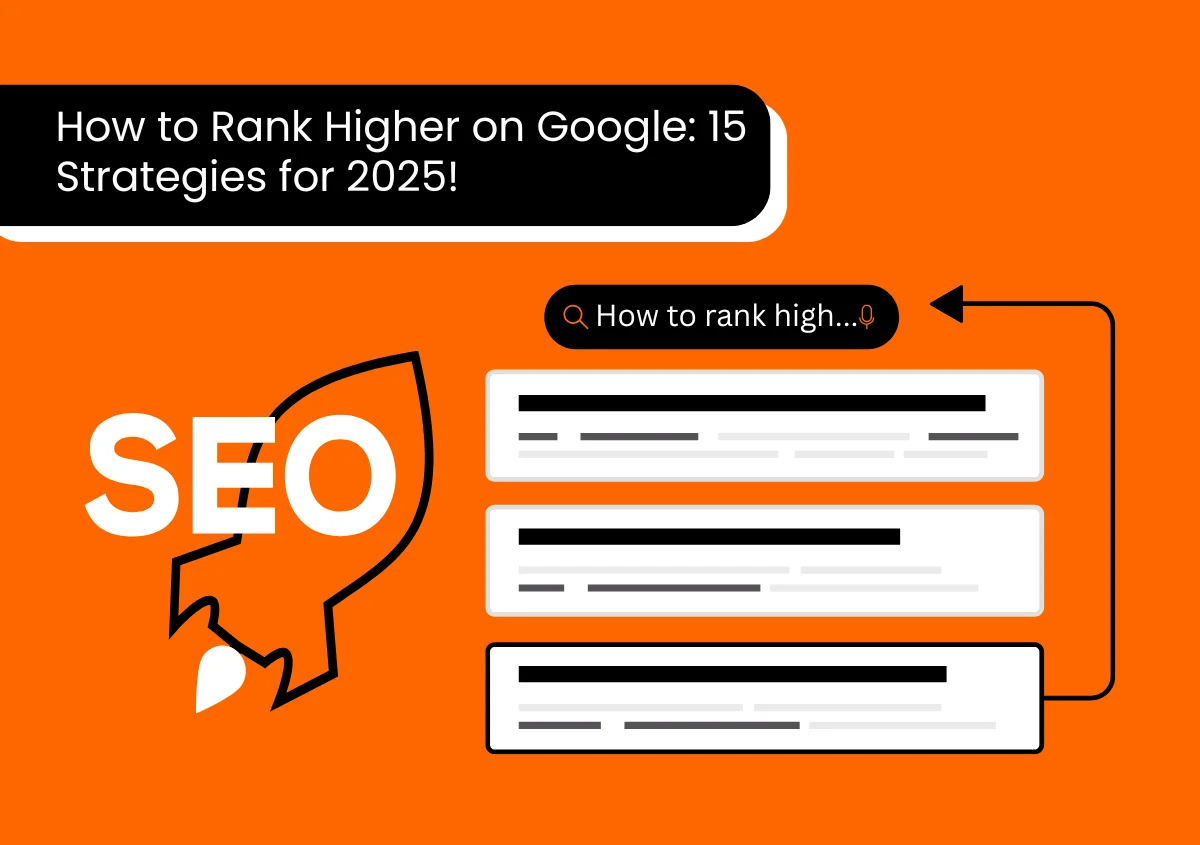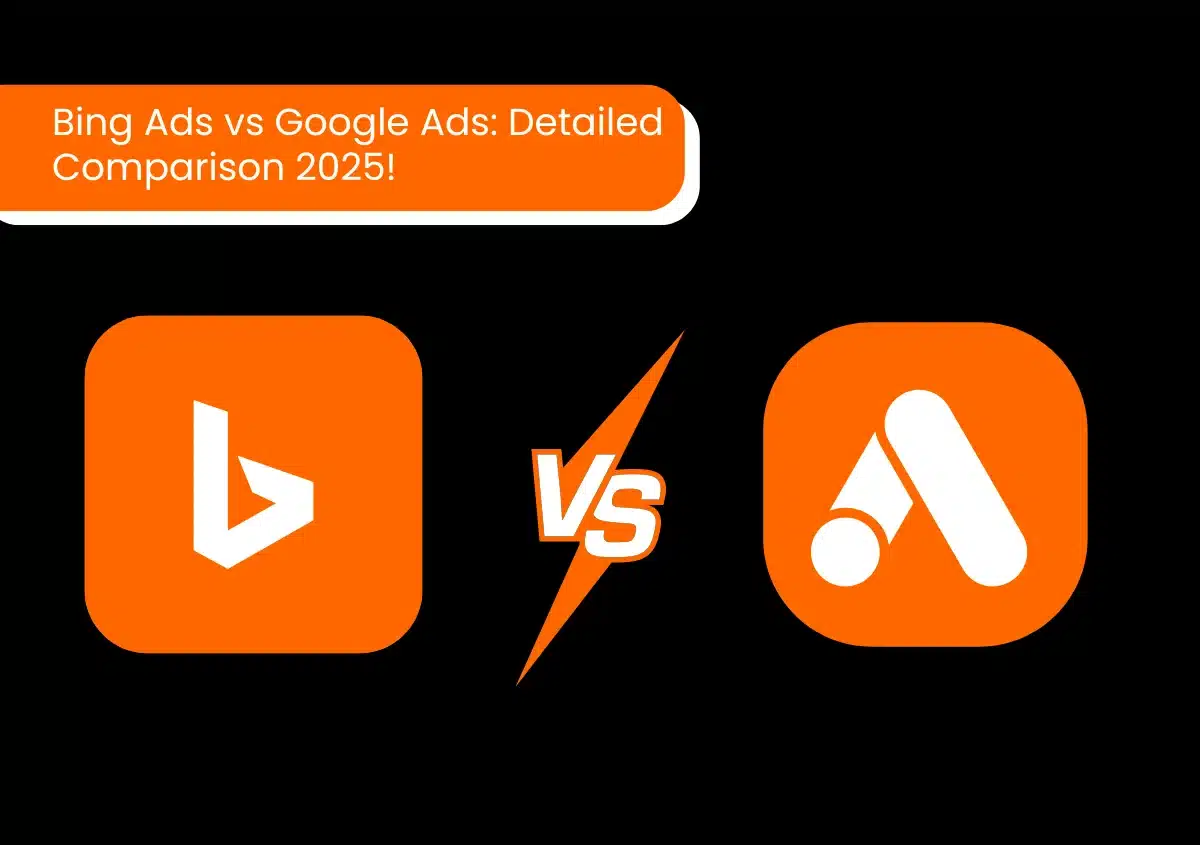It’s no secret that the content marketing landscape has changed over the last few years. Gone are the days of simply publishing blog posts and waiting for traffic to come in, as marketers have had to become more creative with their strategies to stand out from competitors. This article will discuss how you can create a successful content strategy that will work for your business!
What is Content Strategy?
A content strategy is a plan for creating and distributing information to achieve given objectives. Every company must have one, but it can be difficult because of the number of steps involved in constructing one. John Deighton defines it by highlighting “content” as any form of media designed primarily for an audience where at least one person involved wants something other than free attention. He also says there are three primary purposes when distributing content – informing, entertaining, and persuading.
Why is Content Marketing so Important?
The effectiveness of content marketing has grown by leaps and bounds over the last few years, with studies showing that 60% of consumers will be more likely to buy from a company when they find it on social media or receive an email from them, while 38% would agree to follow a brand’s social channels if they’re offered something in return (example: free shipping).
What does a content strategy do for your business?
A successful content strategy can help increase your company’s visibility, promote brand awareness and loyalty among customers, and generate leads and revenue through marketing campaigns or advertising.

What are the Components of a Successful Content Strategy?
There are four critical components involved in creating a successful content strategy – know your audience, produce excellent quality content, distribute your work consistently across multiple platforms, and measure success.
What are the steps to creating a content strategy?
- Determine your content goals. Do you want to increase traffic, improve conversions or reach a new audience? “Do You Know What Your Content Goals Are?” Think about “What it is that I’m trying to achieve with this piece of work.” That will help determine what kind of strategy you need and the best-suited tactics for achieving those goals.
- Know Your Audience. The next step is to figure out who your target audience is. This isn’t an easy task, as there are several different ways you can choose from – demographic data (age group), psychographic profiles (values and beliefs), or behavioural patterns (what they do with their time). Keep in mind that not all customers fall into one category! Knowing the primary demographics for your business will provide clues on how best to market to them.
- The next step is to conduct a competitive analysis. What are the competitors doing? You should also check in with other stakeholders, such as employees who might be creating or publishing content without you even knowing it! From there, start crafting objectives for each of your channels that align with current priorities. Your success will depend mainly on how well these two tasks stay organized and follow through after completing every task!
- Creating great quality content comes next. It must be relevant and exciting while providing value to readers, so they don’t get bored and move on quickly–or worse yet, unsubscribe altogether. Some other factors you may want to consider are the type of content you’re producing, frequency (how often), and how it’s distributed.
- Distribute Your Work Consistently Across Multiple Platforms Once your content is ready for distribution, it needs to be shared across multiple platforms – through social media channels like Facebook or Twitter and more traditional marketing outlets such as press releases or emails. Stick with the basics while branching out into new areas if there’s a successful ROI on that platform–particularly when starting because focusing on one thing at a time will help avoid confusion over what your company does best! It may also make sense to partner with other companies with similar goals to reach an even wider audience.
- Track and measure success finally.
Read Also: User Centric Content: Here’s How to Create
Conclusion
Now you have the tools to create your successful content strategy. The key is consistency; if you can develop a plan and stick to it, then creating new articles will be a breeze! Let’s make this article the start of something great.






